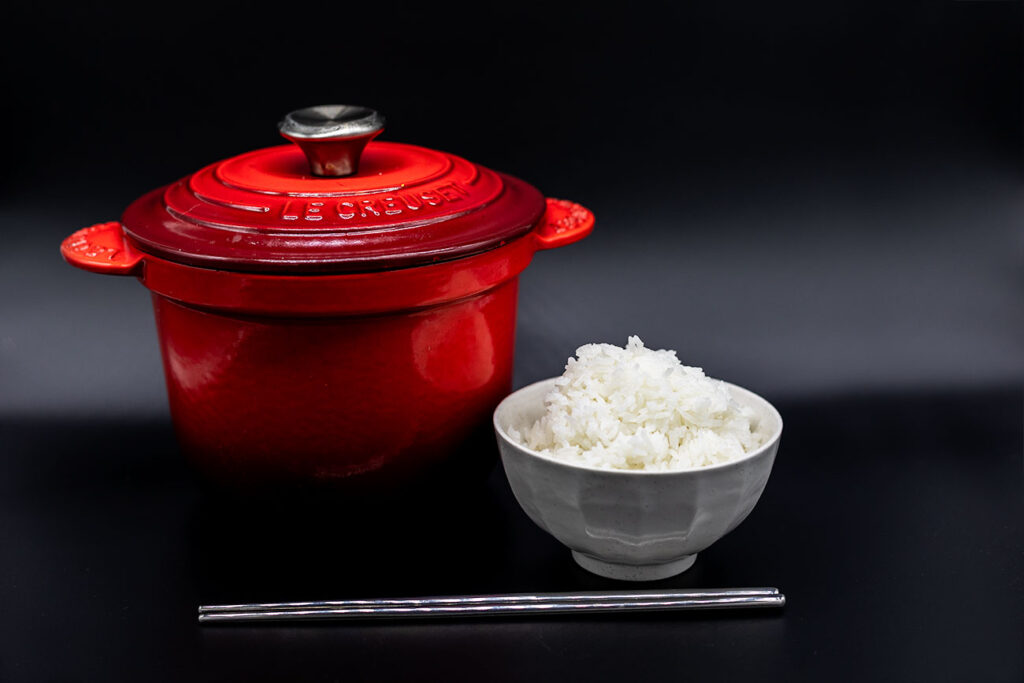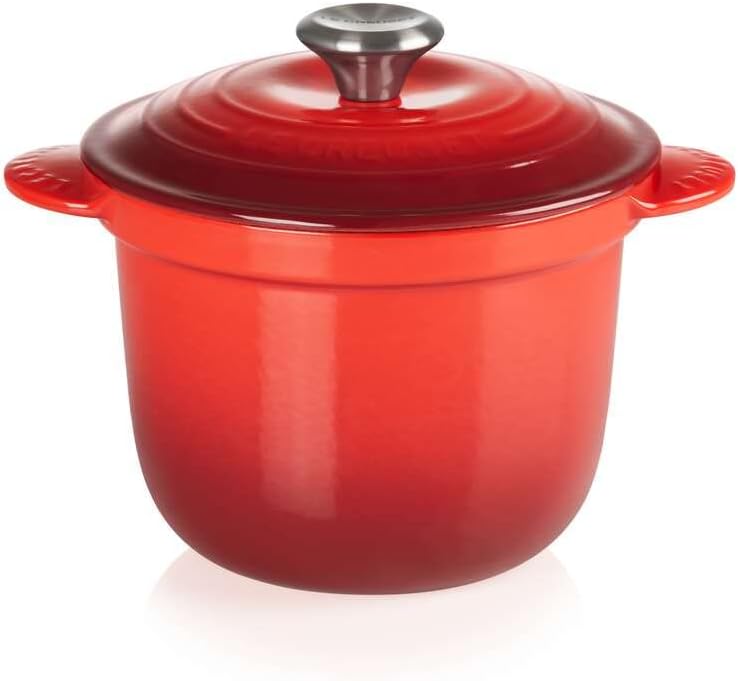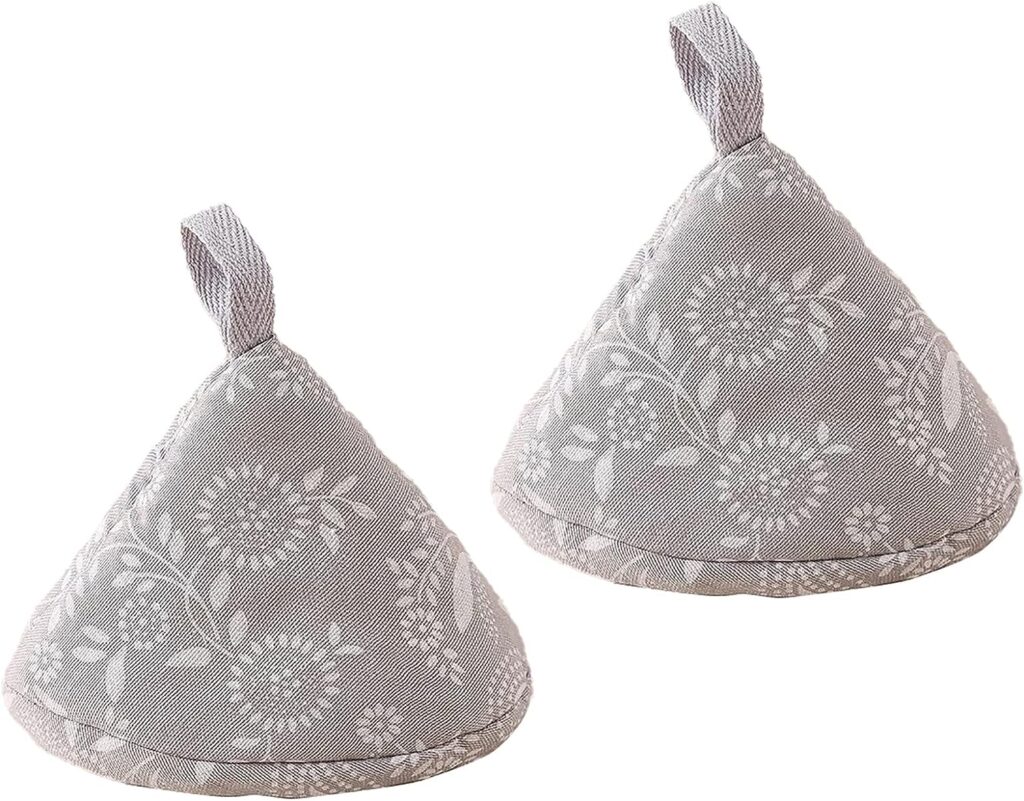Le Creuset Enameled Cast Iron Rice Pot is truly remarkable!
Staub vs. Le Creuset Enameled Cast Iron Rice Pot
As a fan of Staub, I initially hesitated to purchase the Le Creuset Enameled Cast Iron Rice Pot. I conducted extensive research and found reviews suggesting that the Le Creuset Enameled Cast Iron Rice Pot produces slightly more delicious rice. However, personally, I don’t believe there is a significant difference in the taste.
The reason I prefer Staub is simply its design. The black interior of Staub’s cast iron maintains a beautiful sear, which I find visually appealing. In Japan, Le Creuset is more popular, mainly due to its vibrant colors and adorable designs. Both brands have their merits, and I think they are excellent in their own ways.
While a higher price doesn’t always guarantee better quality, I truly believe that both Staub and Le Creuset produce exceptional cast iron products that justify their price points.
Moreover, both pots can cook rice in about 30 minutes, making it incredibly easy and delicious. The cleanup is also a breeze. Therefore, I highly recommend both of them for anyone looking to enjoy hassle-free, tasty rice.”
This is a 2-cup rice cooker, which is suitable for about 3 adult servings. It’s a convenient size to serve directly on the table as a dish.
This is the rice cooker I currently use. The size is still small and suitable for a family of about 4 people at most
This rice cooker serves as my backup when I need to cook a large amount of rice. It has been one of the most popular rice cookers on Amazon for a long time.
This type of rice cooker is usually quite affordable, ranging from $20 to $30. If you don’t consume rice frequently or are not very particular about its taste, this is a suitable option for you. I have used it before, and it does the job effectively.
My coworker used this rice cooker, and it cooks rice pretty well. It also has the function to keep the rice warm.
This rice cooker is for big families. It doesn’t have a timer function, but it has a warmer, which is useful. I’ve never used this rice cooker, but the reviews are good. Besides, I have always trusted the Zojirushi brand.
This article may contain affiliate links.







